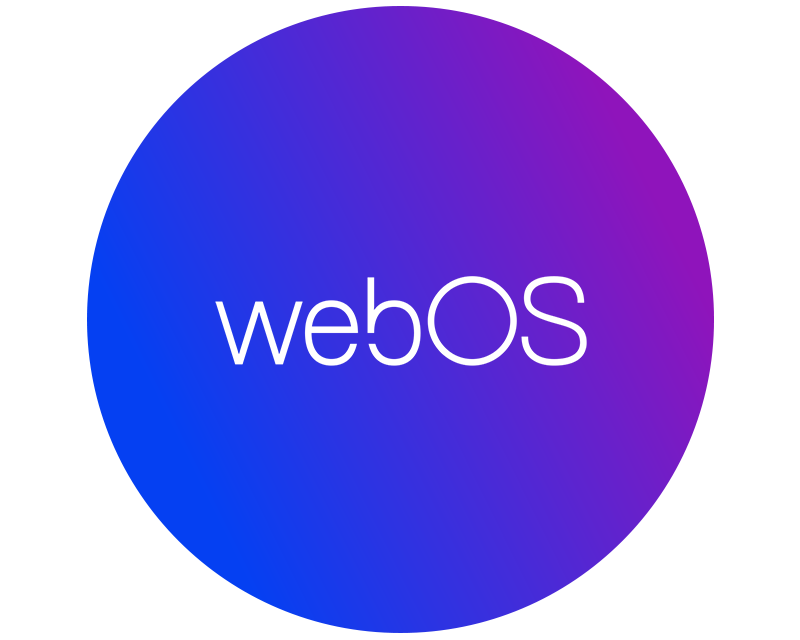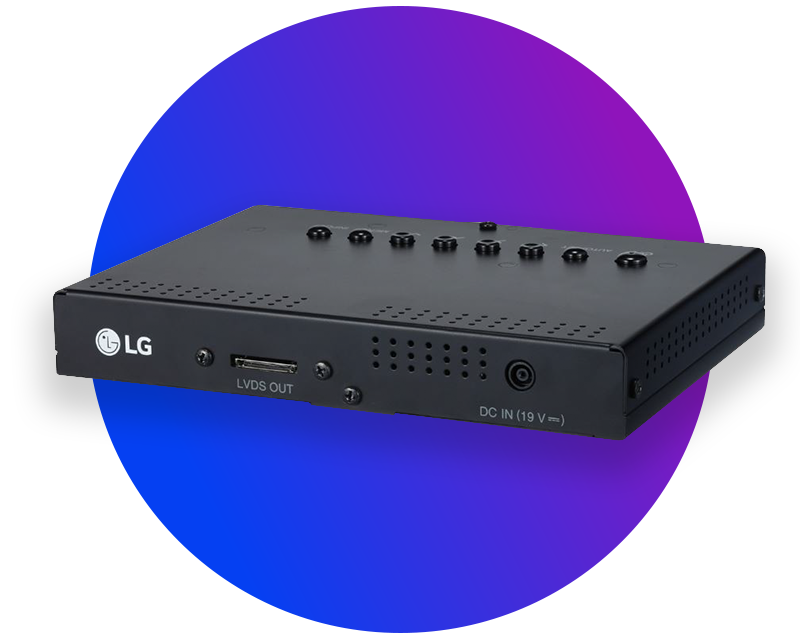LG displays
LG offers an excellent selection of public displays in its versatile product portfolio. And thanks to the LG SuperSign software, content creation for the LG display is child's play.
Selected LG display models feature the video wall function. This allows you to combine multiple displays into a video wall and use them for impressive, large-screen digital signage advertising messages.
49 Products
Sort by:
Page
Page






























































































































































































































